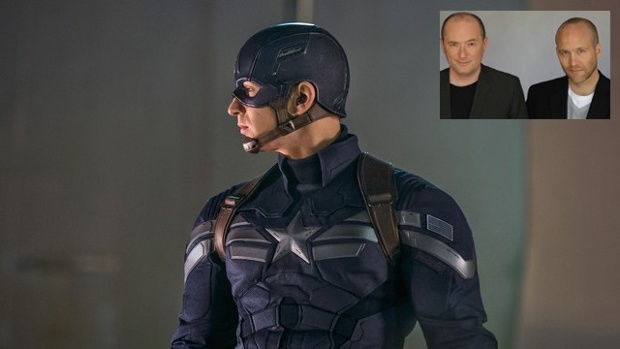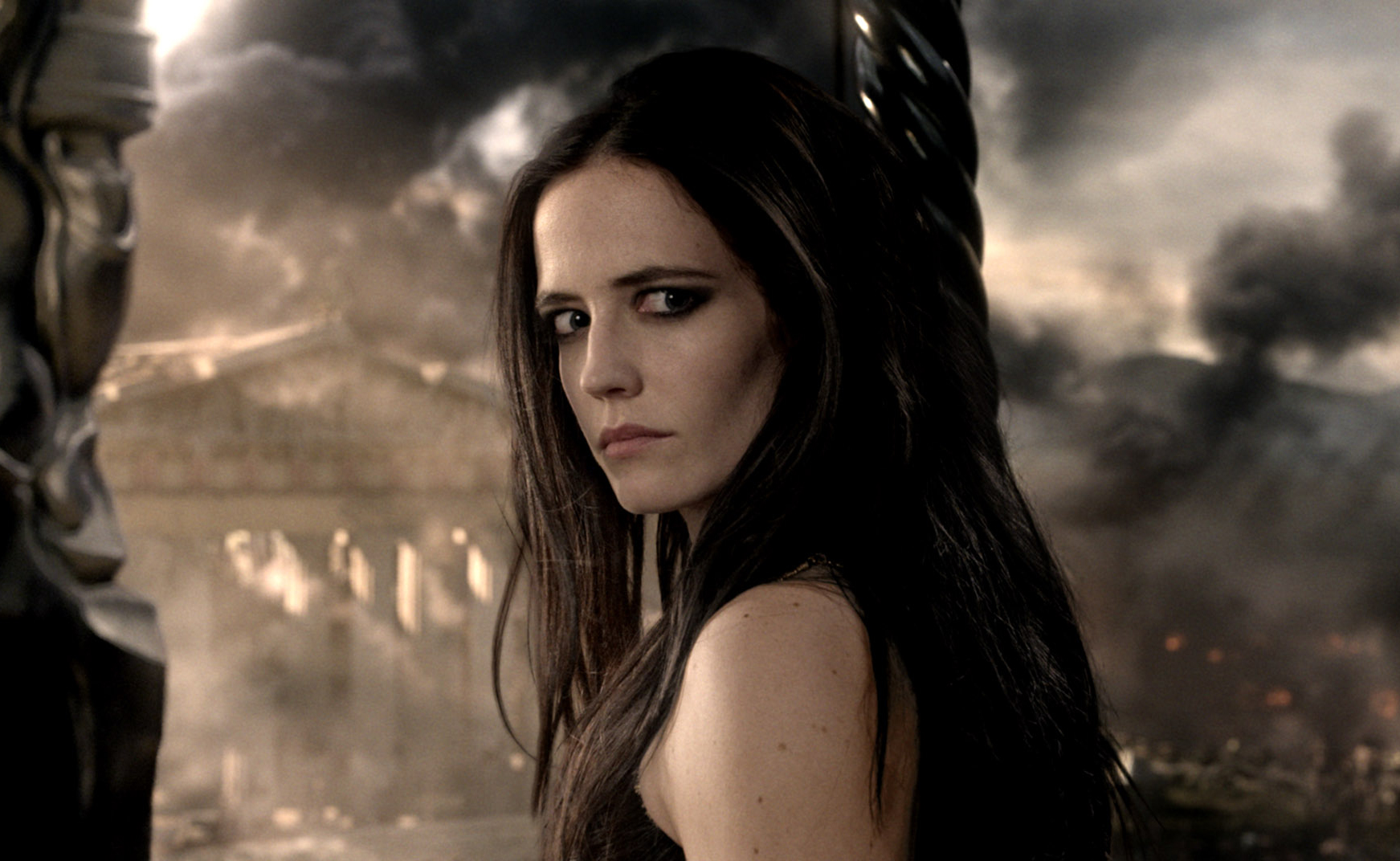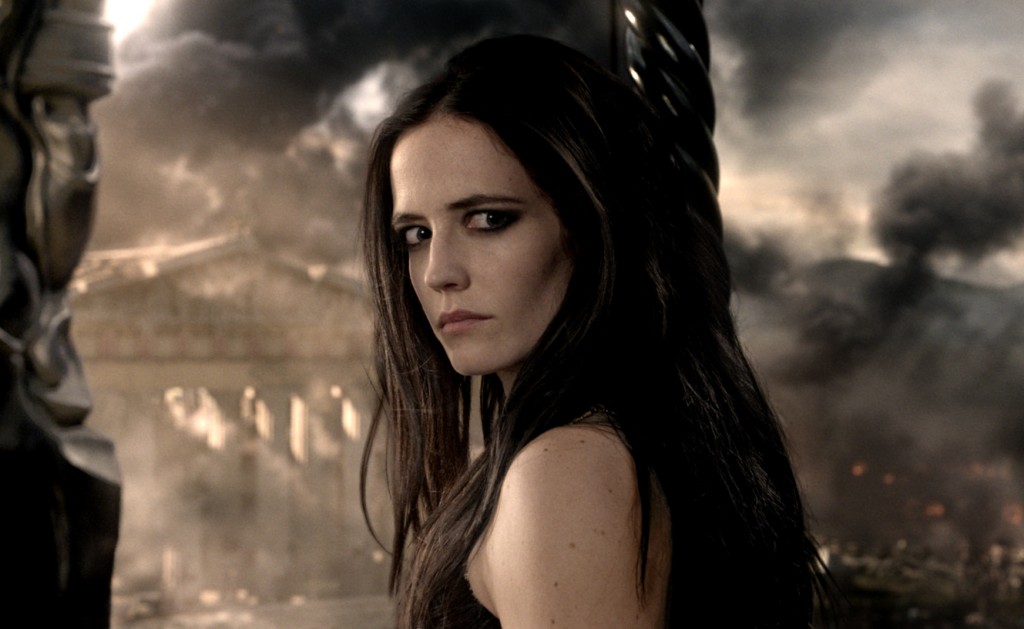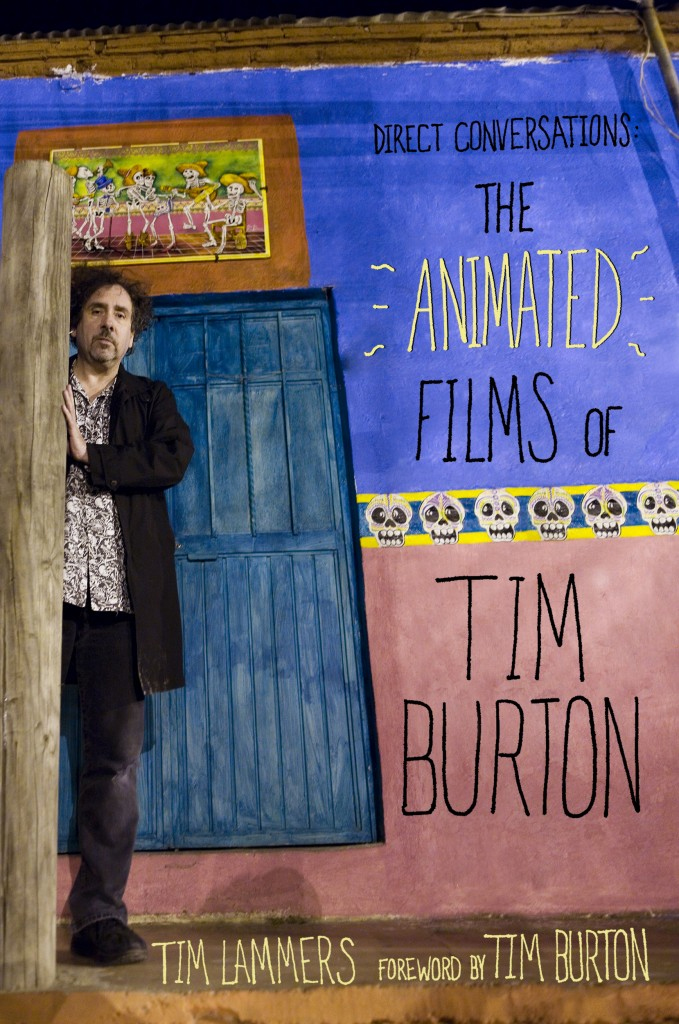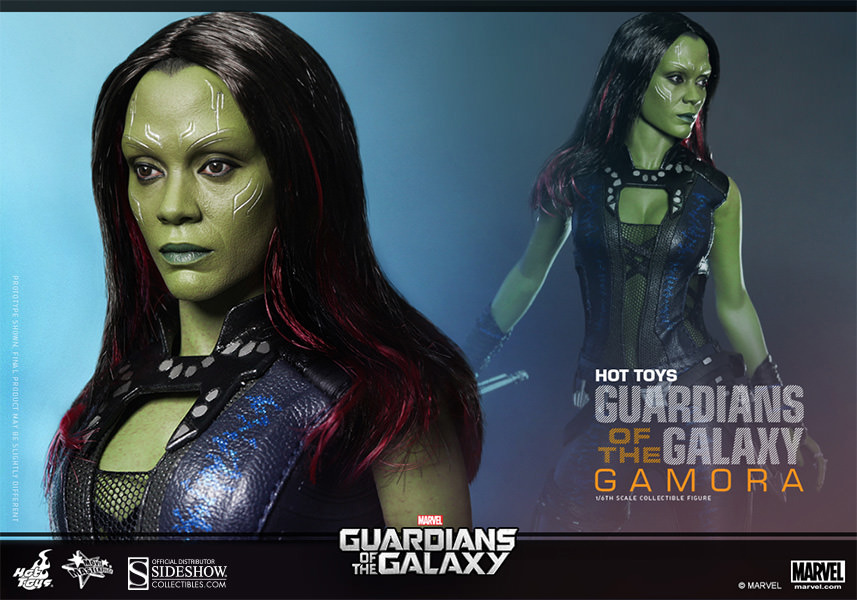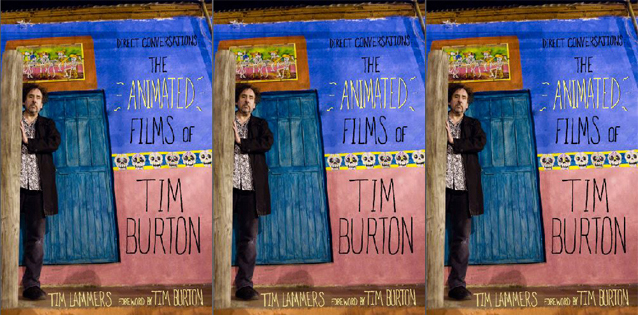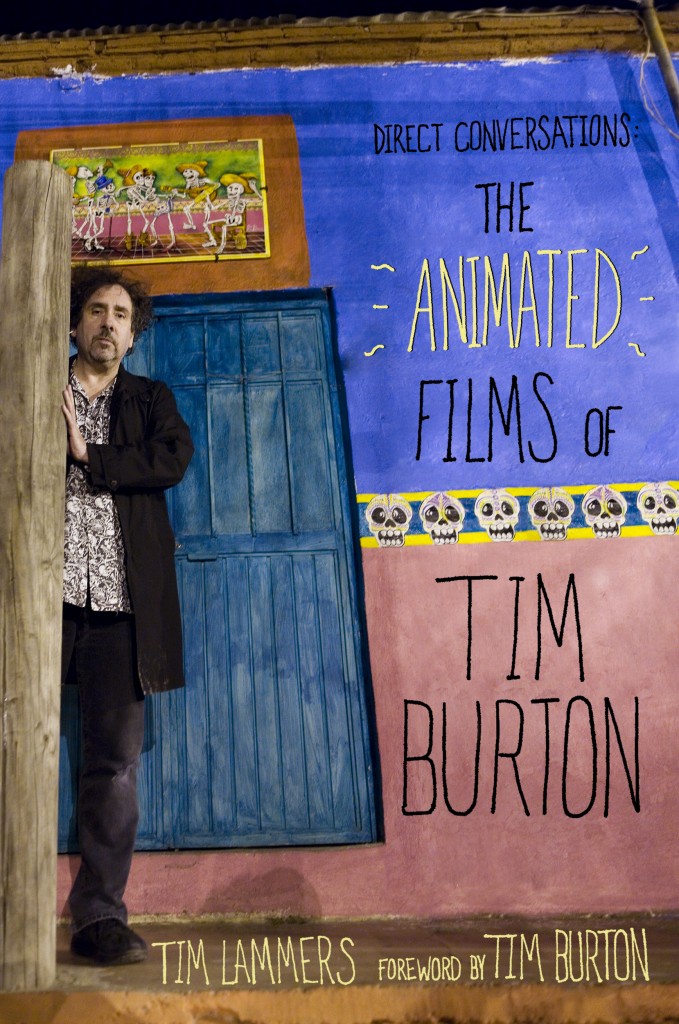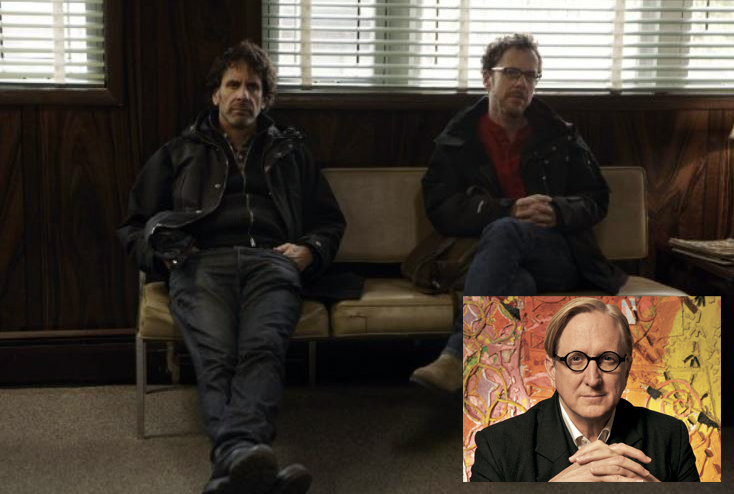Don’t be surprised to read and hear in the next few days about how the superhero extravaganza “Captain America: The Winter Soldier” is one of the most, if not the most character-driven Marvel movies to date. Expertly crafted by “Captain America: The First Avenger” screenwriters Christopher Markus and Stephen McFeely, “The Winter Soldier” is stacked deep with rich character portrayals that merely begin with Steve Rogers/Captain America (Chris Evans).
To be sure, the visual effects and action are as spectacular as you would expect out of a Marvel superhero movie. But not once do those effects outweigh the presence of the characters in the film, which deftly plays like a classic political conspiracy thriller. Better yet, layered in between the action and intensity are brilliantly subtle performances, starting with Evans as the titular character.
Having the benefit of working with Evans on the first “Captain America” film, Markus and McFeely told me in an interview this week that they could definitely sense the growth in the actor, even though it’s been a mere three years since the first film. In particular, McFeely said, it’s amazing to see Evans play the role with such a “quiet strength,” while Markus noted it is another great example of an actor “doing more with less.”
“In a vacuum, you get nervous as writers seeing characters just standing there in certain situations, but with Chris Evans, he knows what the power of standing there is going to do on-screen,” Markus said. “Chris is very good of letting his weight speak for him, even though he’s a slim, young man.”
Opening in theaters nationwide on Friday, “Captain America: The Winter Soldier” finds World War II-bred Rogers after the events of “The Avengers,” still trying to adjust to the modern world. Trying to live a quiet life in Washington, D.C., Rogers suddenly finds himself on the wrong side of S.H.I.E.L.D. after the organization has been greatly compromised by unknown forces — and millions of lives, including his own, are at stake because of it.
With little time and few people he can trust, Captain America embarks on a perilous trek with Nick Fury (Samuel L. Jackson) and Natasha Romanoff/Black Widow (Scarlett Johansson) in an effort to ferret out the mystery, even if it means destroying the very organization that the Avengers were built upon.
“Captain America: The Winter Solider” is interesting in that it addresses a contemporary threat that will resonate with modern audiences, yet it manages to tie events from the first film to the second that creates a sprawling and engaging narrative.
A big part of that storyline is the emergence of the Winter Soldier, who for people not familiar with the comic books, was once Rogers’ best friend, Bucky Barnes (Sebastian Stan), before he was transformed into a killing machine by the Nazi organization Hydra during World War II.
The interesting thing is, even though the Winter Soldier storyline is a fan favorite, getting Marvel to agree to do it wasn’t an automatic for Markus and McFeely.
“To be honest, there was some back and forth on it because some people thought it was too soon to bring him back,” McFeely said. “One of the reasons it works in the comics is because Bucky has been gone for so long and it’s haunted Steve Rogers for so long. But in the movie universe, he’s only been gone for three years in movie time. We tried to crack other storylines, but nothing was ever as compelling as the Winter Soldier coming back and kicking his best friend’s ass.”
While Markus and McFeely try to remain as faithful to the Captain America comics as possible, they also realize that sometimes changes need to be made to make the stories more contemporary. One such change came with the introduction of the character of Sam Wilson/The Falcon (Anthony Mackie), whose story is updated to fit the tone of “The Winter Soldier,” and the duo is confident fans of the character won’t balk at the portrayal.
“I think the fans have embraced the fact that the Marvel cinematic universe is going to be different than the comic book universe,” McFeely observed. “So in the cinematic world, you may not wear a red-and-white outfit and talk to birds, but you’ll still be able to fly. There are some concessions made to realism and I think Marvel has found a lot of good will among the fans in the eight or nine movies they’ve done with the decisions we’ve made.”
“Plus, comic books allow for five different origins,” Markus added. “So, if anybody is going to be tolerant of changing the facts to fit the current needs, it is the comic book fans.”
Another such case of changing the facts to fit the needs — or maybe enhancing them, is the introduction of Alexander Pierce, a smaller player in the comics who was elevated to the top of the character ranks of S.H.I.E.L.D. for “The Winter Soldier.”
“The name Alexander Pierce exists in the comics, but he’s more of a S.H.I.E.L.D. agent who kicks a lot of butt and we needed an elder statesman who Nick Fury could look up to, and perhaps have shifting allegiances to,” McFeely said. “So Pierce is an example of a character where we went looking in the Marvel Universe for a name and some characteristics.”
As Markus and McFeely learned, the creation of Pierce for the cinematic universe was an evolving one that remarkably ended with the casting of film icon Robert Redford.
The interesting thing about Redford’s involvement in the picture is, he was solicited by the production because of the political conspiracy thriller tone Markus and McFeely were creating for “The Winter Soldier.” But thinking Redford would be great for the role and actually getting him to do the role are two different things, the scribes said.
“(The film’s co-producer) Nate Moore stopped us in the hall one day and said, ‘So we’re going after somebody who’s been in the kind of movie you’re patterning our movie after,'” Markus recalled. “We were like, ‘What the hell are you talking about? We’re not trained to think Robert Redford could be in a movie we’re writing. That’s crazy talk.'”
As it turned out, Markus and McFeely were quick learners.
“We re-wrote the part to get Redford, and once we had Redford, we re-wrote it again because he very wisely pointed things out, like, ‘You have three lines there and I only have to say one of them because you’re going to see the rest of it on my face,'” McFeely said. “It was great to tailor the part to his legendary presence.”
Fans of Redford’s films will no doubt feel the presence of the actor’s “Three Days of the Condor” and “All the President’s Men” in “Captain America: The Winter Soldier,” except with a decidedly different twist.
“It has this smaller noble man vs. this huge machine feel, except this time Redford is the machine,” McFeely said. “The film screams ‘political thriller’ when Redford is put in there. He brings the gravitas and the presence from his previous films with him.”
–Tim Lammers


